Archives
- 2025-12
- 2025-11
- 2025-10
- 2025-09
- 2025-03
- 2025-02
- 2025-01
- 2024-12
- 2024-11
- 2024-10
- 2024-09
- 2024-08
- 2024-07
- 2024-06
- 2024-05
- 2024-04
- 2024-03
- 2024-02
- 2024-01
- 2023-12
- 2023-11
- 2023-10
- 2023-09
- 2023-08
- 2023-07
- 2023-06
- 2023-05
- 2023-04
- 2023-03
- 2023-02
- 2023-01
- 2022-12
- 2022-11
- 2022-10
- 2022-09
- 2022-08
- 2022-07
- 2022-06
- 2022-05
- 2022-04
- 2022-03
- 2022-02
- 2022-01
- 2021-12
- 2021-11
- 2021-10
- 2021-09
- 2021-08
- 2021-07
- 2021-06
- 2021-05
- 2021-04
- 2021-03
- 2021-02
- 2021-01
- 2020-12
- 2020-11
- 2020-10
- 2020-09
- 2020-08
- 2020-07
- 2020-06
- 2020-05
- 2020-04
- 2020-03
- 2020-02
- 2020-01
- 2019-12
- 2019-11
- 2019-10
- 2019-09
- 2019-08
- 2019-07
- 2018-07
-
Further insight in how exactly galanin might inhibit seizure
2021-12-24
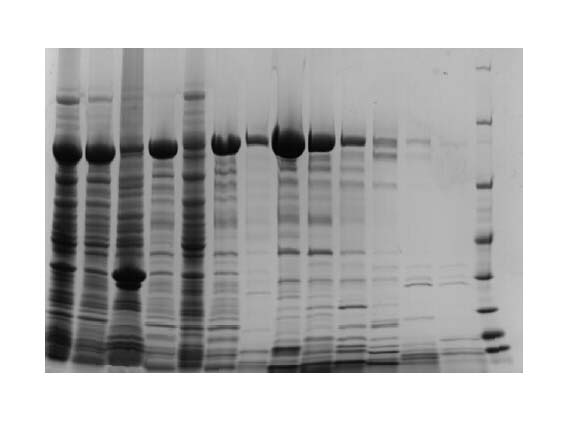
Further insight in how exactly galanin might inhibit seizures was obtained from galanin transgenic mice. It occurred that the altered susceptibility to seizures was in direct correlation with glutamate release from hippocampal slices obtained from these animals (Fig. 2(b)). While no differences were
-
br Conclusions br Acknowledgments This study was supported b
2021-12-23
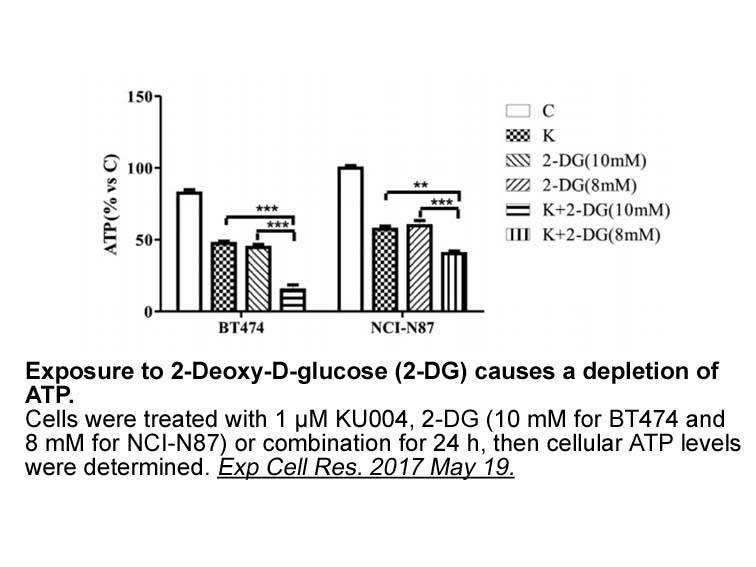
Conclusions Acknowledgments This study was supported by funds from the National Natural Science Foundation of China (NSFC 31360245, 31460258) and the Applied Basic Research Foundation of Yunnan Province of China (2011FZ111). Introduction Acute myocardial infarction is the undoubted cause o
-
1-NM-PP1 br Results and discussion br Conclusion In conclusi
2021-12-23

Results and discussion Conclusion In conclusion, twenty-one 4-monocyclic aryl-5-carbamoyl-3-isoxazolols have been synthesized and evaluated for their antagonistic activities against housefly and common cutworm GABARs expressed in Xenopus oocytes. The TEVC results indicated that 1-NM-PP1 sever
-
There are many kinds of
2021-12-23
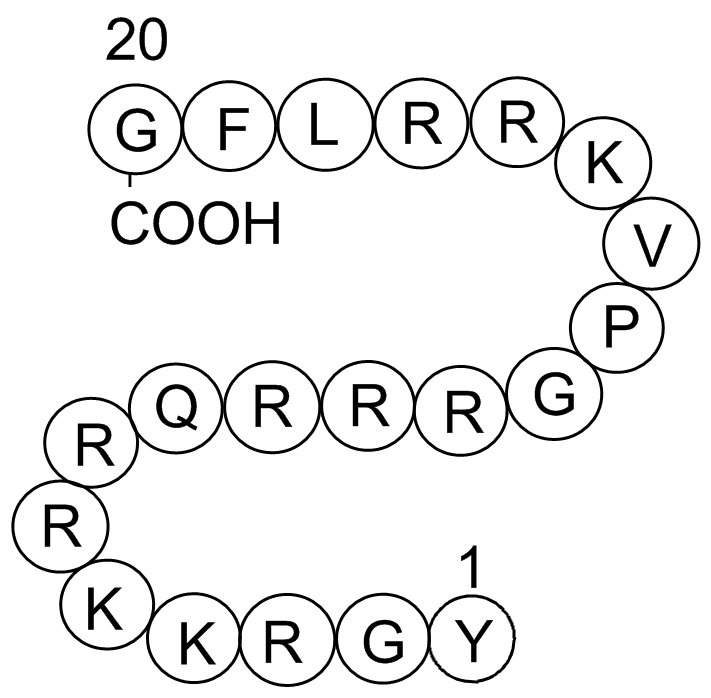
There are many kinds of neurological disorders and neuropsychiatric diseases, like stroke, dementia, schizophrenia and so on. Among these disorders, the most important reason for choosing depression in our study is that FXR has already been demonstrated to regulate the function of CREB, which is clo
-
In addition to the type
2021-12-23
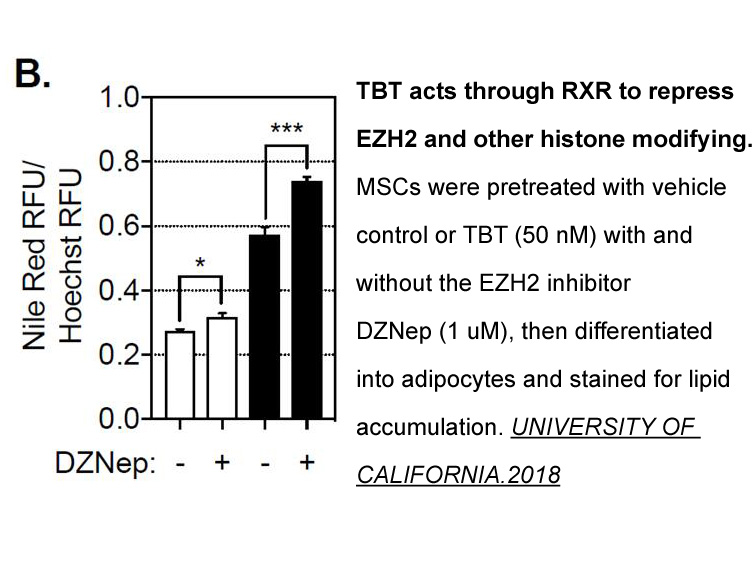
In addition to the type of food consumed, also the effect of calorie restriction (CR), i.e. an intermittent fasting and re-feeding cycles with concomitant fluctuations in the level of glucose and insulin, can affect the course of IBS through the modulation of the BA homeostasis. This type of nutriti
-
We reviewed the results of
2021-12-23
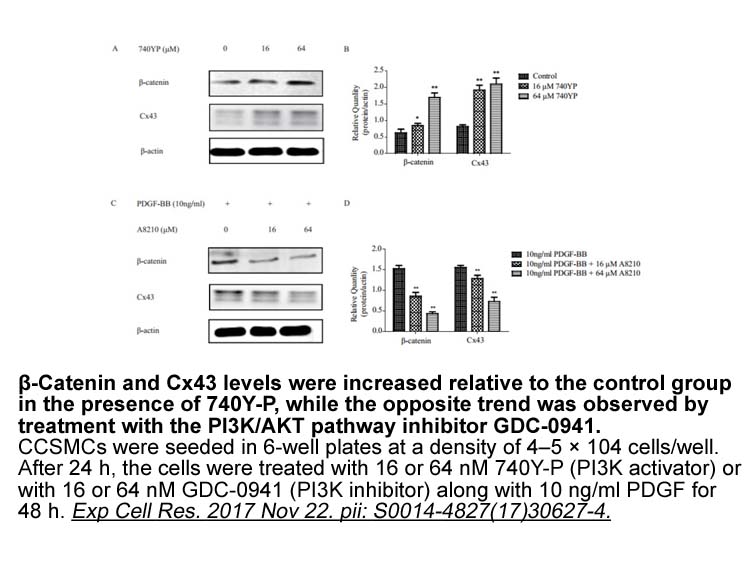
We reviewed the results of comprehensive genomic profiling (CGP) in 26,054 cases of NSCLC and examined the frequency and clinical characteristics of patients whose tumors harbor FGFR fusions. To our knowledge, this is the most in-depth evaluation of FGFR fusions exclusively in NSCLC. Here we will d
-
Over of all melanomas have activating BRAF
2021-12-23
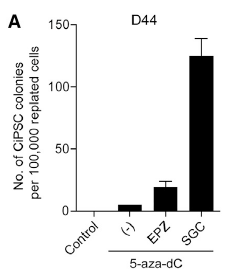
Over 50% of all melanomas have activating BRAF mutations [29] and inhibition of the Ras/Raf/MEK/ERK signaling pathways is one of the most promising treatments for malignant melanoma [30]. However, studies using BRAF inhibitors have identified various feedback mechanisms to activate BRAF pathway in m
-
71 4 br Introduction Chronic hepatitis C CHC caused by
2021-12-23
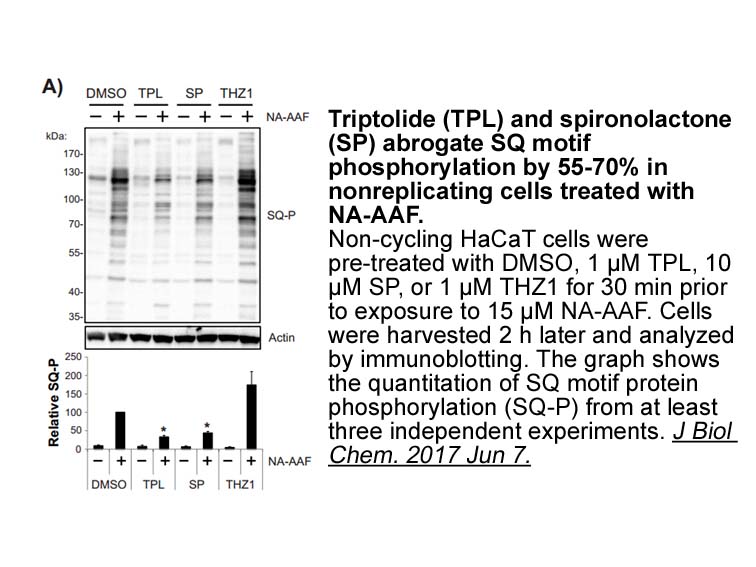
Introduction Chronic hepatitis C (CHC) caused by hepatitis C virus (HCV) infection affects approximately 170 million individuals worldwide [1]. HCV and human immunodeficiency virus (HIV) have similar routes of transmission, including blood-to-blood contact, sharing of injection equipment, and sex
-
GCIPs are highly conserved Ca binding proteins first discove
2021-12-23
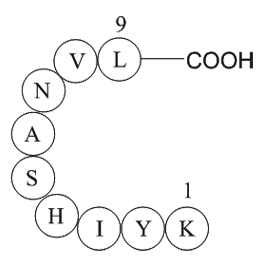
GCIPs are highly conserved Ca2+-binding proteins first discovered in the frog [42] and later in teleost [9]. With regard to gene structure, sequence conservation, and function, GCIPs are evolutionarily related to the GCAPs. The GCIP genes have acquired an additional intron in the N-terminal region w
-
Annexin A ANXA a member of annexin superfamily is a
2021-12-23
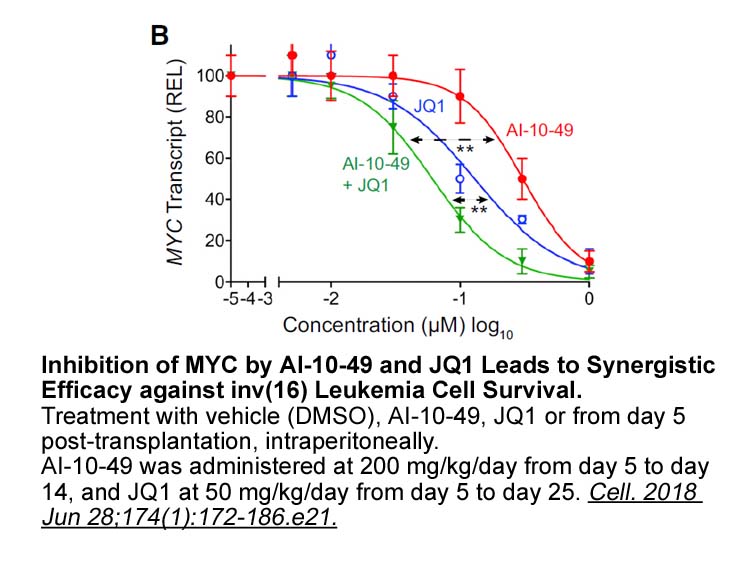
Annexin A7 (ANXA7), a member of annexin superfamily, is a Ca2+- and phospholipid-binding protein and possesses GTPase activity [5,6]. The ANXA7 gene is located on human chromosome 10q21, where multiple potential tumor suppressor genes exist. Homozygous ANXA7 (−/−) knockout mice showed a lethal pheno
-
Our results on the association of selenium deficiency
2021-12-23
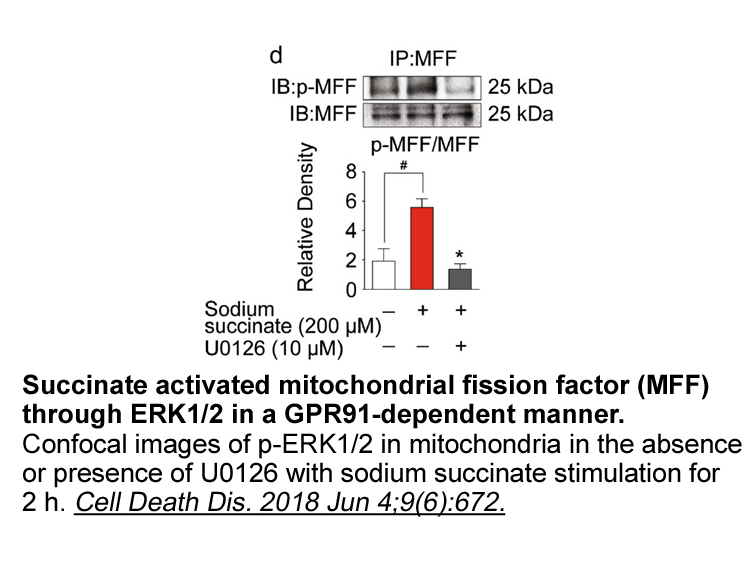
Our results on the association of selenium deficiency and vitamin A deficiency being associated with greater CD4 recovery during treatment were surprising. As we had hypothesized a relationship in the opposite direction (deficiency being associated with lower CD4 recovery), we can only reflect on po
-
br Materials and methods br Results and
2021-12-23
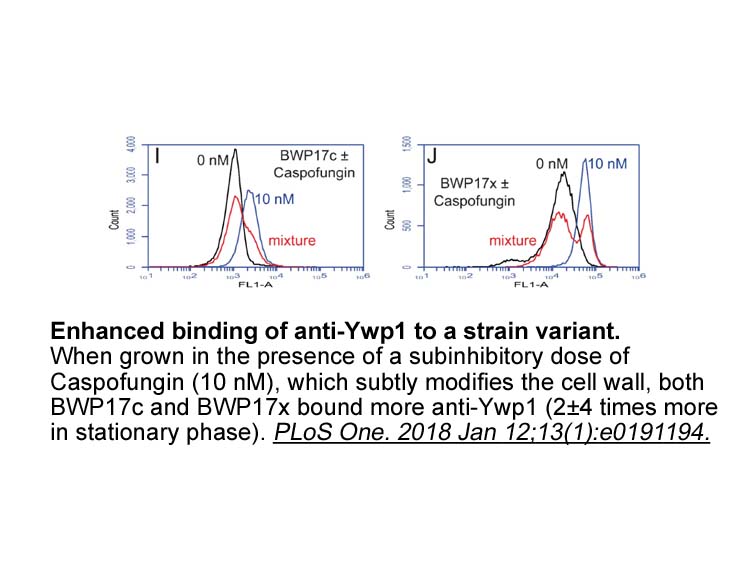
Materials and methods Results and discussion Conclusions In summary, the Au@SiO2 based lateral flow sandwich immunoassay for fast detection of EBN-specific glycoprotein has been firstly established by using nanocomposites as signaling-labels and synthesized EBN-specific beta adrenergic bloc
-
We confirmed a decrease in extracellular
2021-12-23
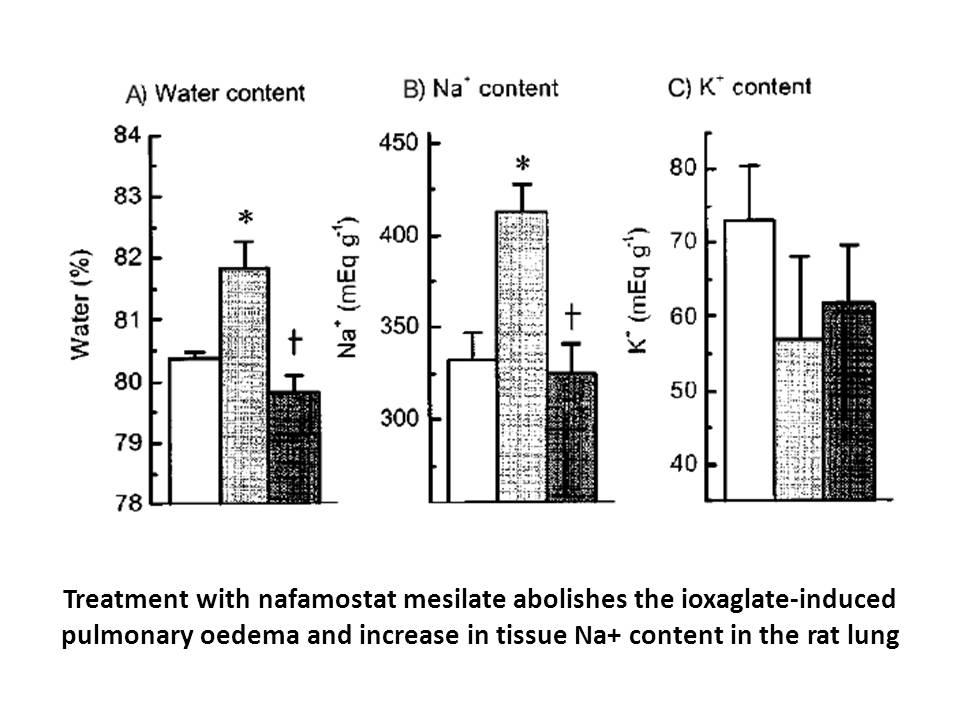
We confirmed a decrease in extracellular glutamate uptake and the presence of efflux in an endothelial cell model of oxygen-glucose deprivation (OGD), which effectively simulates the inefficient energy supply after brain injury [15], and analysed the function of endothelial EAATs and explored the ro
-
In this study our result suggests that exogenous GR agonist
2021-12-23
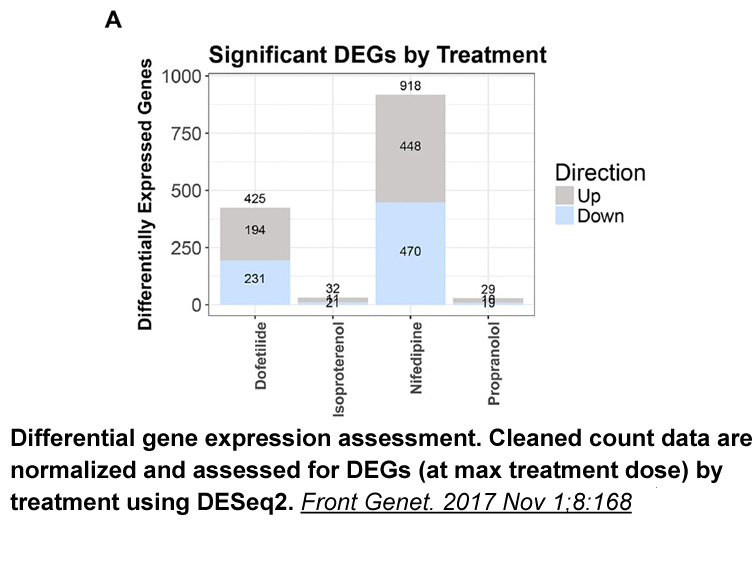
In this study, our result suggests that exogenous GR agonist DEX and GR inhibitor RU486 can affect dopaminergic neurotransmitters in the brain. Pituitary adenylate cyclase-activating polypeptide (PACAP), an endogenous neuropeptide, can regulate the synthesis and release of catecholamine. McArthur et
-
br Clinical trials testing GLP
2021-12-23
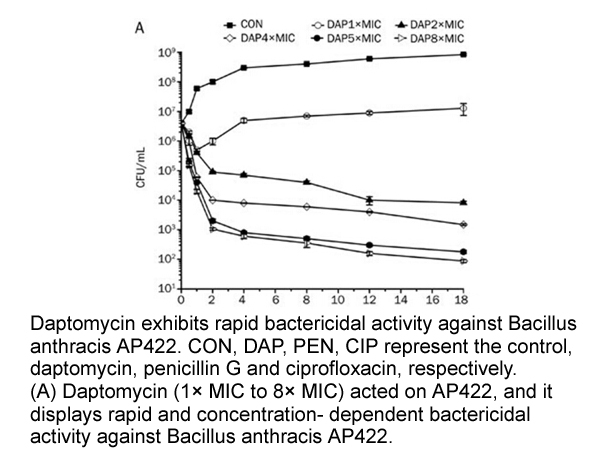
Clinical trials testing GLP-1 mimetics in AD or PD patients GIP analogues show good neuroprotective effects in animal models of AD and PD Glucose-dependent insulinotropic polypeptide (GIP) is a 42-amino Fmoc-L-Arg(Aloc)2-OH incretin growth factor which activates pancreatic islets to enhance i
15358 records 556/1024 page Previous Next First page 上5页 556557558559560 下5页 Last page